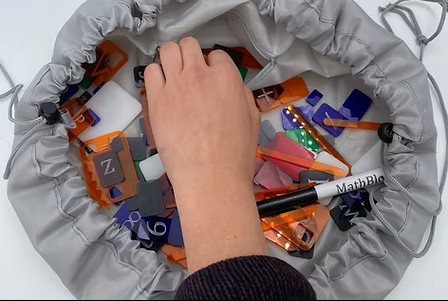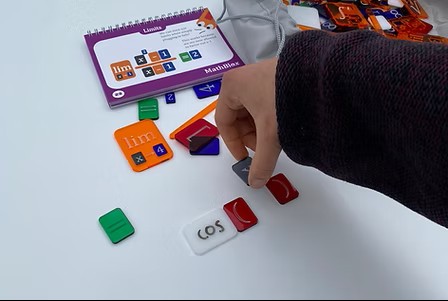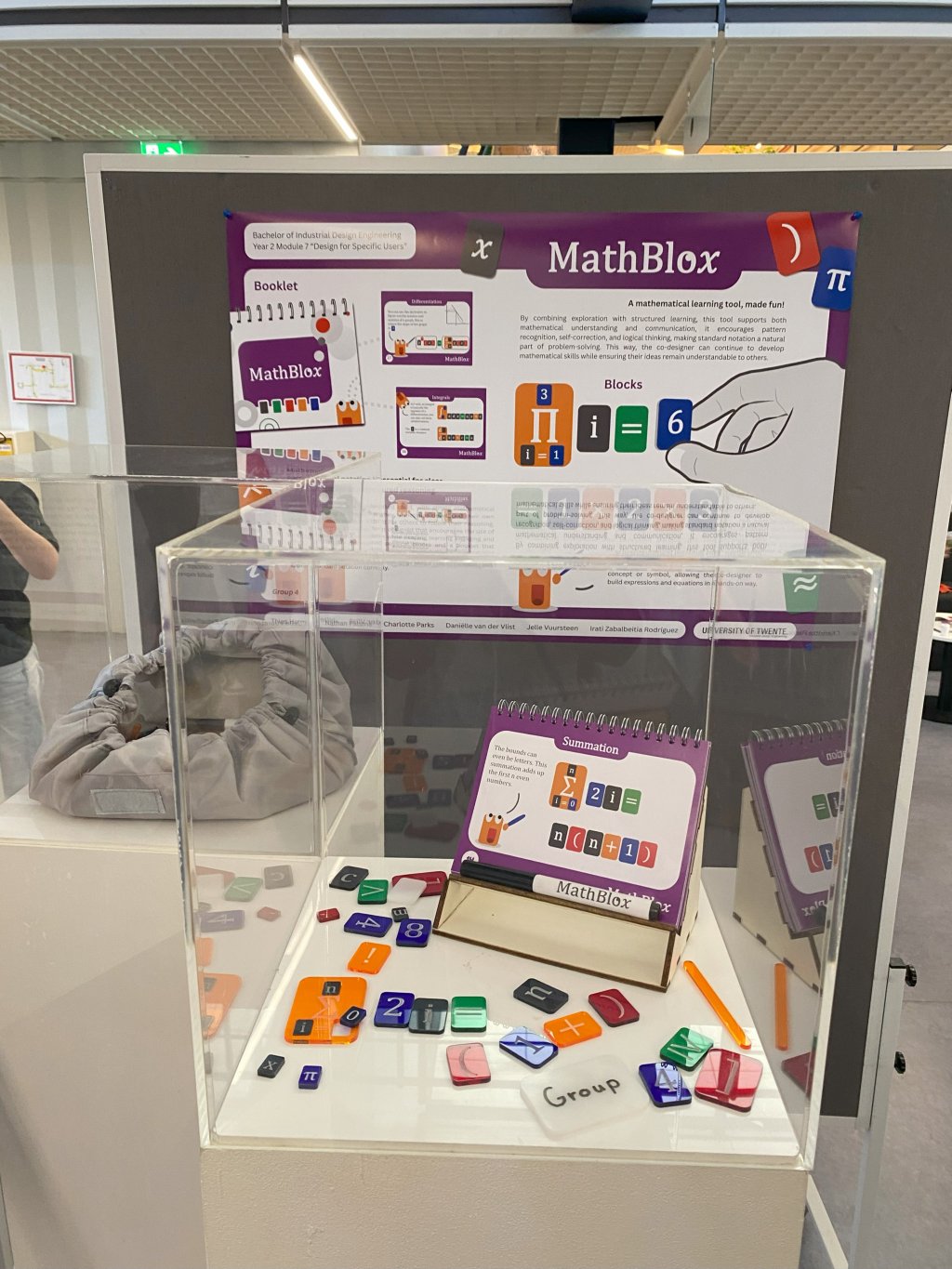For the project ‘Design for Specific Users’, we were asked to work with a co-designer, someone who actively participated with the group to solve a problem specific to them, ’. The project team worked with a highly gifted child who was deemed unfit for the regular educational system. The six-year-old co-designer had trouble communicating, yet was able to do calculus, which is typically meant for university students. The child's father mostly filled this communication gap. The teamwork with the co-designer, his father and the group resulted in a solution to a user-specific problem.
Why are we limiting the inherent creativity of gifted children?
The design process began with meetings to get to know the gifted child and understand how he communicated best. From there, brainstorming sessions were held together, giving him space to express ideas in his own way. The goal was to create many different options, allowing him to explore and choose what felt right. Along the way, the project took unexpected turns that reflected his individuality and creativity.
The final design celebrates open-minded teaching while respecting this child’s natural instincts, not just his mathematical strengths. A special detail is found in the tiles: made in his favourite colours and marked with mathematical signs, they bring clarity for the teacher while keeping the child’s world playful and personal.
MathBlox was created to support the needs of the co-designer, but the concept can be adapted for others. This makes it both personal and scalable. This project provides a solution for improving communication with highly gifted children. The possible limitations it relies on is active involvement from caregivers, but its potential for change is significant.




